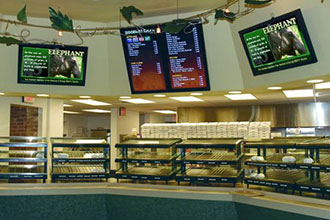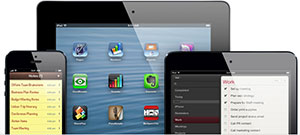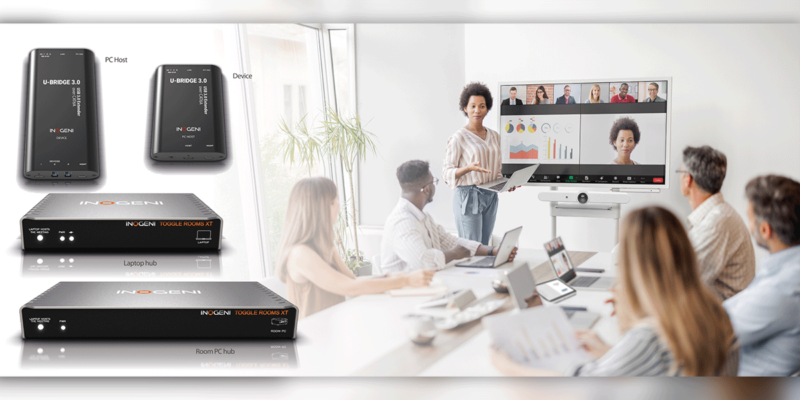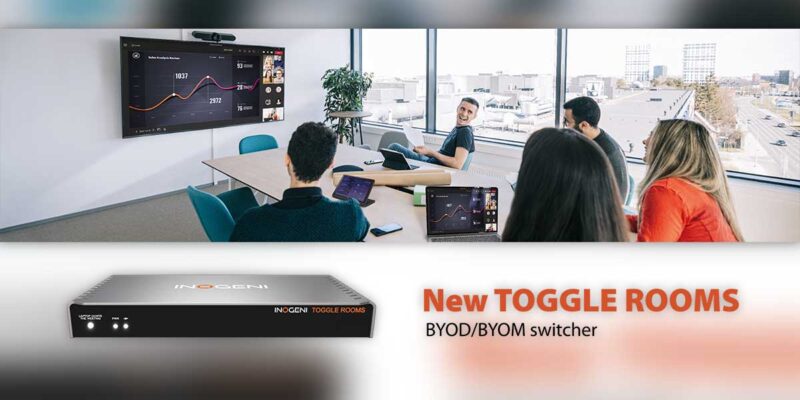BYOD: Revolutionizing Digital Menu Boards Is Just the Beginning
 By Jeff Hastings
By Jeff Hastings
CEO, BrightSign
Digital menu boards represent a digital signage submarket that’s maturing quickly. Markets on the tail end of maturity often become stagnant, falling victim to commoditization and, as a result, innovation begins to wane as margins become razor-thin. Forward-thinking companies that helped shape the market then turn their attention to other, more enticing markets.
Fortunately for the digital signage and restaurant industries, this is definitely NOT the case with digital menu boards. Innovation in this sector is alive and well, as evidenced by the recent emergence of the BYOD (bring your own device) practice that’s revolutionizing the way digital menu boards are managed.
BYOD means different things in different applications, but in our world of digital signage it refers to the use of mobile devices to interface with the signage infrastructure. I was at the National Restaurant Association trade show last month in Chicago, and the restaurant industry is bullish on BYOD. Menu content can no longer be static — throughout the course of a single day specials are added, happy hour deals are promoted, items are removed when stock is depleted, the list goes on. With BYOD, innovative new apps let managers at the individual restaurants make updates to their menus, giving them the ability to control their menu to maximize customer satisfaction and ultimately revenue. Furthermore, the corporate powers-that-be can maintain control over branding and any other elements they deem appropriate, while empowering individual restaurants to control individual menu items.
 The beauty of BYOD is how dramatically it simplifies the process of updating menu content. For example, with restaurants using the right app, an iPhone or iPad automatically detects any locally networked players. Once selected, the device’s controls are available for real-time interaction via the mobile device. And of course everything is password-protected to ensure simple and secure execution.
The beauty of BYOD is how dramatically it simplifies the process of updating menu content. For example, with restaurants using the right app, an iPhone or iPad automatically detects any locally networked players. Once selected, the device’s controls are available for real-time interaction via the mobile device. And of course everything is password-protected to ensure simple and secure execution.
BYOD also provides a direct touch point for businesses to use signage to communicate directly with individual customers via their mobile devices. The use of custom apps is enabling personalized communication between devices and signage, from location-based push marketing to social interactive participation in venue activities. And the emerging facial recognition technologies are enabling retailers to capture valuable demographic information that helps them customize even further the marketing messages they push to each customer.
While we’re noticing a great deal of BYOD adoption in the restaurant industry, this technology is similarly used in virtually every other vertical market that requires signage content to be updated frequently. Retail is a logical fit for BYOD, as well as emergency services, education, transportation and many other public settings. A great number of digital signage installations could benefit from increased dynamic content, but those proprietors traditionally have shied away due to the technical challenges that BYOD now helps them overcome. In my opinion, BYOD will drive significant innovation in digital signage in the months ahead, presenting substantial opportunities for our industry and our customers.
This column was reprinted with permission from the Digital Signage Association and originally appeared here.
Top image via IDS Menus





